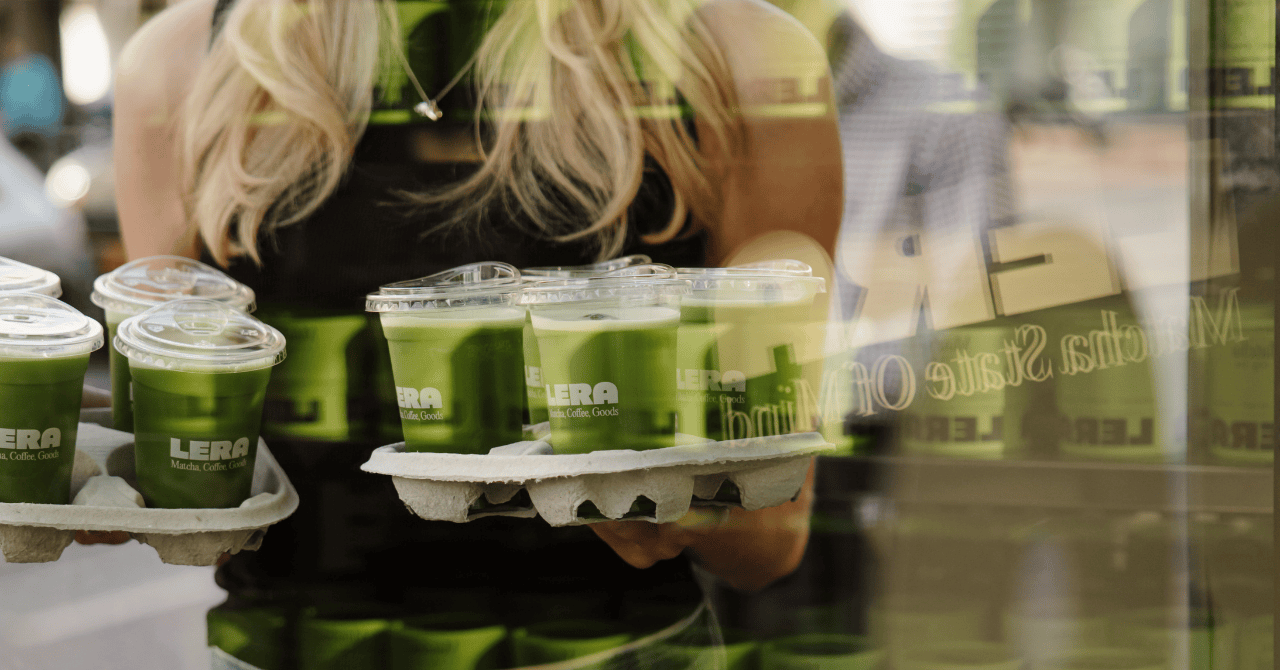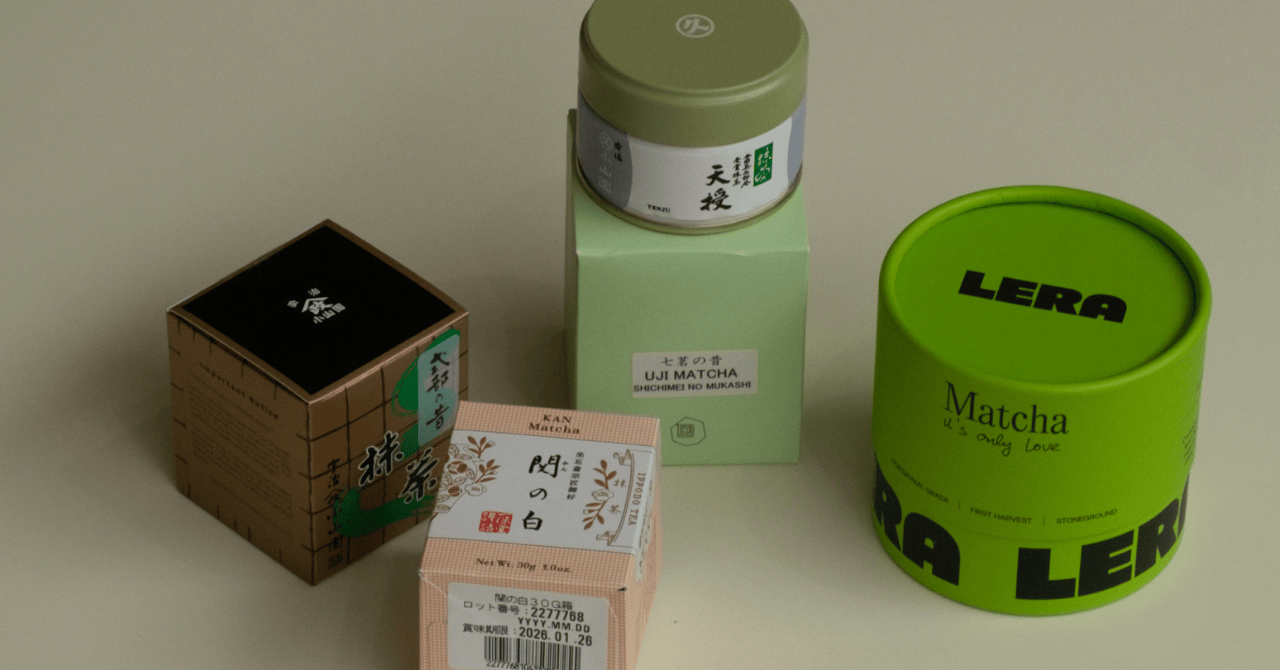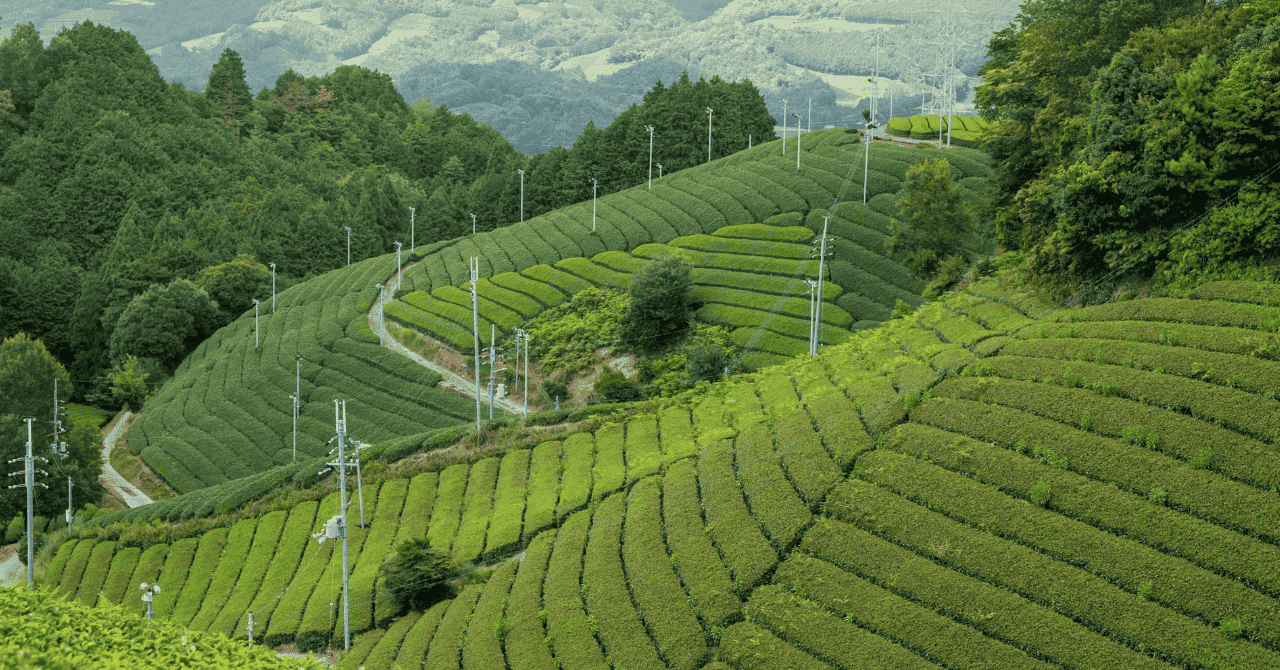Matcha Everyone’s Talking About

Visibility and value now move together. Cafés want to serve matcha that makes a statement. Creators look for a green color that stays bright on camera. Small farms are suddenly managing global attention.
Welcome to the era of viral matcha, where centuries of craft meet the speed of culture.
What’s driving the buzz
In 2025, matcha demand is rising faster than supply — Japan’s matcha shortage made the headlines.
TikTok turned matcha into a visual language: whisking, pouring, bright green bowls.
Marukyu Koyamaen of Uji — one of Japan’s oldest producers — announced stock restrictions after selling half a year’s supply in weeks.
The tag #MatchaTok has since crossed millions of views, sparking shortages, resale mark-ups, and café waitlists.
What makes a matcha “talked about”
The appeal isn’t just taste. It’s story.
Origin. Heritage names like Marukyu Koyamaen or Horii Shichimeien carry weight — history you can taste.
Craft. First harvest, longer shade, slow stone mill — precision made visible.
Color. Bright, green, unmistakable. The kind that shows its quality before the first taste.
Scarcity. When supply is limited, it becomes part of the story.
Culture. Some matcha goes viral before it’s even served.

Spotlight: the houses behind the hype
Marukyu Koyamaen. Founded in 1704, Uji. A benchmark for ceremonial matcha and the unexpected centre of Japan’s recent shortage. Their approach has stayed the same for generations — first harvest, longer shading, slow stone mill.
Horii Shichimeien
Over eight centuries of cultivation in the heart of Uji. Preferred by local tea masters and cafés. Recognised for depth of flavour and colour that stays vivid long after whisking.
Ippodo Tea
Kyoto, since 1717. Known for steady quality and balance. As demand surged, it introduced purchase limits rather than compromise consistency — a reminder that restraint is part of craft.
Yamamasa Koyamaen
Uji-based producer behind the well-known Ogurayama cultivar. Praised for clarity and structure. Appears often in creator collections and café menus focused on single-origin matcha.
Gion Tsujiri
Established in Kyoto in 1860. Blends heritage with accessibility — ceremonial-grade matcha that also defines dessert and drink culture across Japan.
Nakamura Tokichi
Founded in 1854, Uji. Producer and tea house in equal measure. Known for a matcha that’s smooth, structured, and quietly rich — respected by both tea masters and cafés.
Itohkyuemon
Longstanding Uji brand with deep roots in local hospitality. Produces both ceremonial and everyday blends, recognised for natural sweetness and vivid color.
Hoshino Seichaen
From Yame, Fukuoka. A leading voice outside Kyoto’s sphere, known for its rounded umami and clean finish. Represents the growing influence of southern Japan in matcha production.
What cafés and creators see
For cafés, a recognised matcha brand signals heritage and taste.
It says: this isn’t just green; it’s the green. It reflects origin, not marketing.
For creators, the appeal lies in texture, colour, and story.
Even shortage becomes content.
Yet behind every post is the same process — leaves shaded for weeks, picked, steamed, dried, sorted, and milled with care.
What looks effortless is the result of countless small decisions made by hard working producers.
Viral doesn’t mean easy.
LERA’s take
At LERA, we source ceremonial matcha directly from Japan — chosen for highest quality, not for trend. We know the farms, the harvests, and the real people behind them.
We’re not chasing what’s most visible; we’re choosing what holds value.
Each LERA matcha we serve or share carries balance and respect for origin.
Matcha isn’t content. It’s craft, and it deserves to be treated that way.

.svg)
